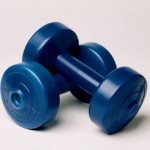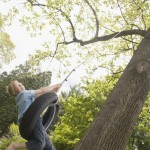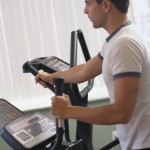 Your skin is the largest organ in your body and deserves as much attention as brushing your teeth twice a day. Skin care is an important investment in your total overall health and the future appearance of your skin, whatever your age. Our skin is exposed to pollution, smoke, stress and the sun. It is a necessary commitment to protect your skin from these damaging elements to promote overall health and prevent premature aging.
Your skin is the largest organ in your body and deserves as much attention as brushing your teeth twice a day. Skin care is an important investment in your total overall health and the future appearance of your skin, whatever your age. Our skin is exposed to pollution, smoke, stress and the sun. It is a necessary commitment to protect your skin from these damaging elements to promote overall health and prevent premature aging.
There is an abundance of information available about skin care and the number of products that are in the marketplace can be overwhelming. It seems that every celebrity has a product out now and if marketed well enough will most likely do well. Consulting a skin care specialist is an important part of finding a solution to your skin care needs, whether your concerns are medical or aesthetic.
Here are some tips for healthy skin:
Take care of you. Getting plenty of sleep, eating well and reducing stress are essential to improving the overall health of your skin. Participating in any type of exercise will also work wonders for your skin, as well as nourishing your mind, body and spirit.
Know your skin type. Understanding your own personal skin type is key to the right product selection. If you’re unsure, consult a skincare professional.
Hands off. As tempting as it is to pick and pop your way to clear skin, this method is just not advised. This can only lead to possible scars and even infection. If you think may have a severe case of acne, please seek the advice of a medical provider.
Shave carefully. Both men and women should always have their skin lubricated. Use a clean, sharp razor every time you shave. Shaving in the direction of hair growth is always best. DO NOT shave your legs prior to a pedicure because of a possible risk of infection.
Keep cosmetics clean. Old make-up is not your friend, especially mascara. Clean your make-up brushes often; you will be glad you did. Buy make-up products that don’t require having to use your fingers to get the product out of the container. Get in a habit of using cotton swabs for applying make-up and you will be sure to keep your make-up clean. (No double dipping).
Practice comprehensive skin care. Examine your body for unusual moles or changed pigmentation; this can be extremely important to your skin’s overall health. Please contact a medical specialist if you feel something doesn’t feel or look right to you.
Gia Marie, founder of Gia Skin Care, may be reached through her website, www.giaskincare.com.
 Subscribe
Subscribe







